North America : Market Leader in Menswear
North America stands as the largest market for menswear, accounting for approximately 35% of the global market share. Key growth drivers include rising disposable incomes, a growing focus on fashion, and increased online shopping. Regulatory support for e-commerce and retail innovation further fuels this growth, making it a dynamic landscape for menswear brands. The U.S. and Canada are the primary contributors to this market, with the U.S. alone holding around 30% of the global share.
The competitive landscape in North America is robust, featuring major players like Nike, Levi's, and Gap. These brands leverage strong marketing strategies and extensive distribution networks to capture consumer attention. The presence of e-commerce giants also enhances market accessibility, allowing brands to reach a wider audience. As consumer preferences shift towards sustainability, brands are increasingly adopting eco-friendly practices to align with market demands.
Europe : Fashion Capital of the World
Europe is a significant player in the menswear market, holding approximately 30% of the global share, making it the second-largest region. The market is driven by a rich cultural heritage in fashion, with countries like Italy and France leading in style and innovation. Regulatory frameworks promoting sustainable fashion practices are also gaining traction, encouraging brands to adopt eco-friendly materials and production methods. The region's diverse consumer base drives demand for both luxury and casual menswear, reflecting varied lifestyle choices.
Leading countries in Europe include Germany, France, and Italy, each contributing to the competitive landscape with renowned brands like Adidas, Puma, and H&M. The presence of fashion weeks and trade shows fosters innovation and collaboration among designers and retailers. As the market evolves, brands are increasingly focusing on digital transformation to enhance customer engagement and streamline operations. The European menswear market is poised for growth, driven by both tradition and modernity.
Asia-Pacific : Emerging Market Potential
Asia-Pacific is rapidly emerging as a key player in the menswear market, holding around 25% of the global share. The region's growth is fueled by rising urbanization, increasing disposable incomes, and a growing middle class. Countries like China and India are leading this trend, with a significant shift towards western fashion styles. Regulatory initiatives aimed at promoting local manufacturing and reducing import tariffs are also contributing to market expansion, making it an attractive destination for global brands.
China is the largest market in the region, followed by India, both showcasing a competitive landscape with local and international brands vying for consumer attention. Key players like Uniqlo and Zara are expanding their footprints, leveraging e-commerce and social media to engage younger consumers. The demand for athleisure and casual wear is on the rise, reflecting changing lifestyle preferences. As the market matures, brands are focusing on innovation and sustainability to capture the evolving consumer base.
Middle East and Africa : Untapped Market Opportunities
The Middle East and Africa represent an emerging frontier in the menswear market, holding approximately 10% of the global share. The region's growth is driven by increasing urbanization, a young population, and rising disposable incomes. Countries like South Africa and the UAE are leading the charge, with regulatory support for retail expansion and foreign investment. The demand for luxury menswear is particularly strong, driven by a growing affluent class and changing consumer preferences towards branded products.
In the competitive landscape, local and international brands are increasingly entering the market, with players like Tommy Hilfiger and Calvin Klein establishing a presence. The region's unique cultural dynamics influence fashion trends, creating opportunities for brands to tailor their offerings. As e-commerce continues to grow, brands are focusing on enhancing their online presence to capture the tech-savvy consumer base. The Middle East and Africa are poised for significant growth in the coming years, driven by both economic and demographic factors.


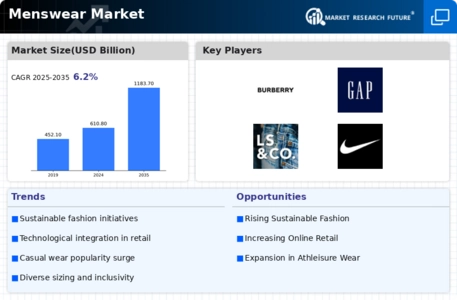
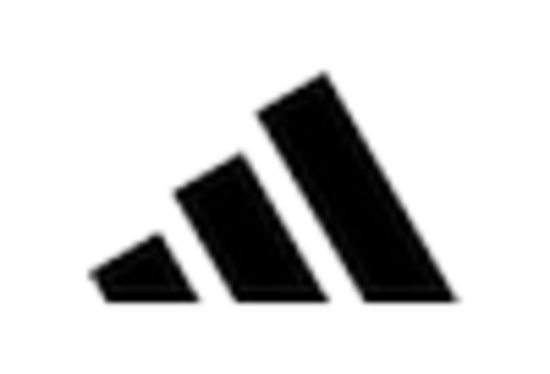
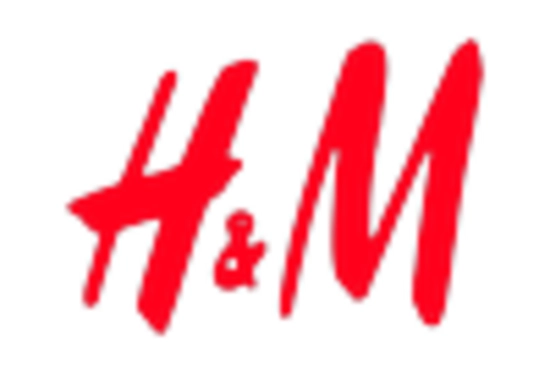
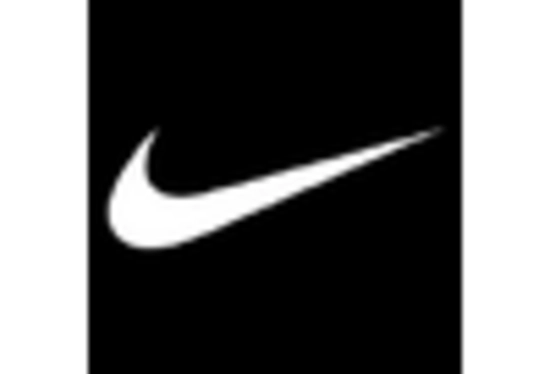
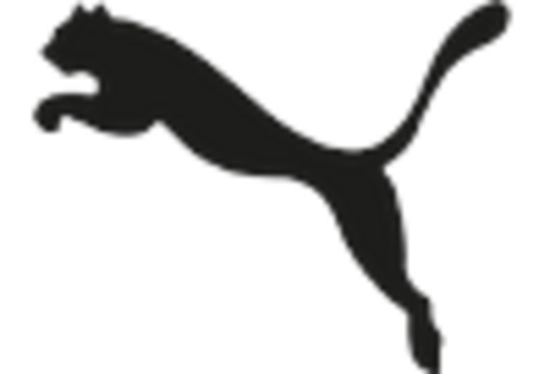
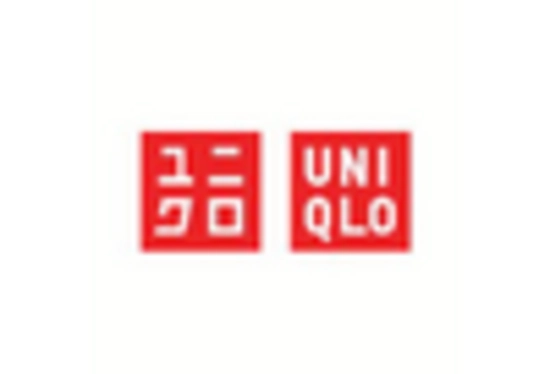
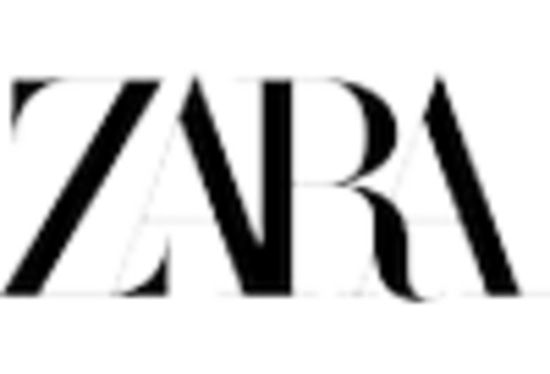








Leave a Comment